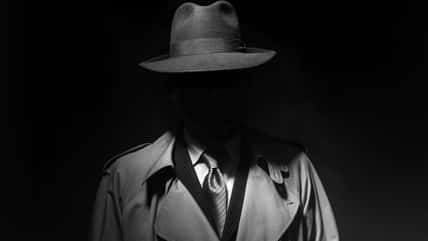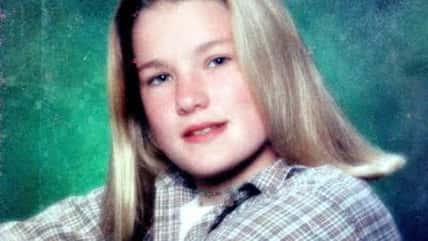While Conducting Experiments On Plants In A Delaware State Park In Pursuit Of Her Master’s Degree, She Was Fatally Shot: It’s Now Been 40 Years, And Authorities Still Haven’t Tracked Down Her Killer

In 1986, a bright woman in the midst of earning her master’s degree was fatally shot and killed while conducting experiments on plants in Blackbird Forest State Park in Delaware. Despite it being almost 40 years since she was tragically killed, authorities still don’t know for sure who is responsible.
Jane Prichard was a 28-year-old University of Maryland student working hard to obtain her master’s degree in botany the year she died. Jane grew up on a farm in Maryland with her parents and siblings and had a passion and love for animals and nature at a young age.
When she wasn’t in school, Jane worked at Brookside Gardens, a botanical garden in Montgomery County.
She had been to Blackbird State Forest in Delaware several times to conduct research on wildlife for her studies and did a lot of work involving a native plant often called a hog peanut or ground bean.
On September 19, 1986, she loaded her blue-and-white Chevrolet Blazer with research equipment and drove it to a friend’s house in Lewes, Delaware, where she spent the night before heading out to Blackbird State Forest the next morning.
Jane allegedly arrived at the forest around 7:00 am and parked her car along an access road before setting up her equipment about 30 yards into the woods. She reportedly went into the forest that day to study how plants turn into the sun for her graduate thesis.
Jane recorded data until she abruptly stopped before 10:00 am. Later that evening, two campers who were going for a walk after setting up their tent came across her deceased body and saw she had been wounded via gunshot and promptly alerted the police.
Examiners later discovered Jane had been fatally wounded by gunshot wounds to her left shoulder and neck, leading authorities to rule her mysterious death as a homicide.
A few days into Jane’s murder investigation, a man went to local authorities to report that he had seen Jane in the woods the morning she was murdered while hunting for squirrels. The hunter claimed to have seen another hunter in the area near Jane that morning and worked with a sketch artist to generate a drawing of the man, which was released to the press.

mandritoiu – stock.adobe.com – illustrative purposes only
It wasn’t unusual that there were several hunters in the woods the day Jane died, but authorities had a strong feeling her death was not accidental. They interviewed hundreds of people and closely analyzed the bullets that had killed her but came up empty.
After interviewing the squirrel hunter who came forward, police found inconsistencies with his story from that day and eventually arrested him and charged him with first-degree murder and possession of a deadly weapon that October.
Investigators did find a strand of hair at the crime scene, which was one of the only valuable pieces of evidence that could connect them to Jane’s murder they had. However, DNA technology was fairly new during that time, and scientists found no match for the hair. Eventually, the squirrel hunter was released and dropped as a suspect in 1987.
Jane’s case remains unsolved, but local police are still asking the public for any bit of information they may have, as in 2014, they announced they’d be bringing in a new set of eyes on the case with the founding of a new cold case homicide squad.
While there still is no clear answer as to who is responsible for Jane’s tragic and untimely death, her loved ones and local authorities still hold out hope for justice and closure.
Sign up for Chip Chick’s newsletter and get stories like this delivered to your inbox.
More About:True Crime





